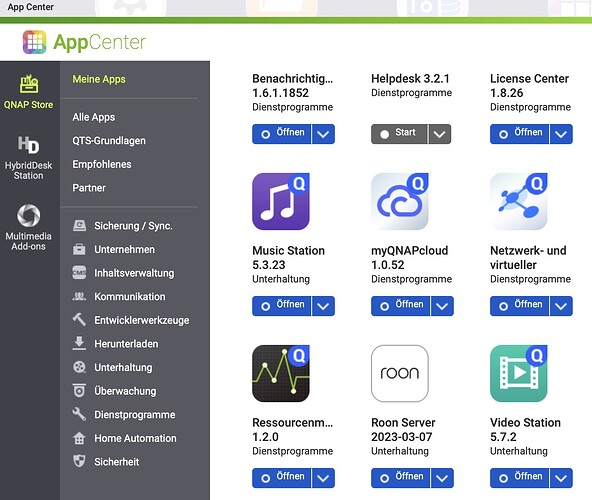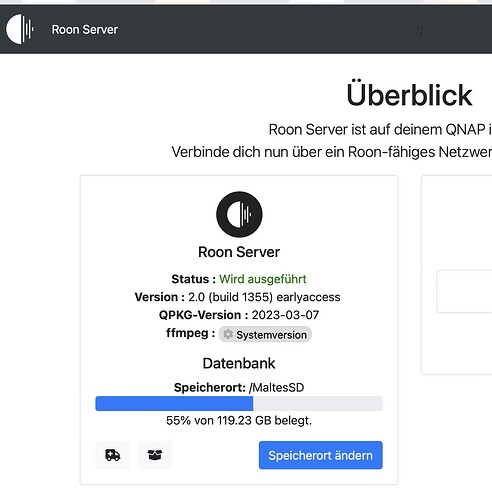As mentioned, the de-authorization process by itself is easy, if you do not mind the time it is taking to ensure the other core is not active. You have to be aware what it means if Tidal/Qobuz accounts and Tidal playlists are involved. Every time you move the account to a different core, roon is trying to implement streaming-related changes on the other core. I tried this for some time and ended up with missing albums, Tidal playlist changes appearing and alike. To keep 2 libraries separated running alternately on the same account a full backup was necessary every time before de-authorizing as well as a full backup-restore after moving the account.
If that is not applicable to you as you are using solely local files, it might be easy.
RAM is cheap. I would max it out. Why not?
Because is does not bring any advantage as roon might be utilizing 1-2GB with such a small library. So 2GB might be insufficient but 4GB is on the safe side.
So, I would need to obtain a USB SSD to plug into my QNAP, with Roon installed?
You would need to obtain a USB drive if you do not have SSD in your NAS. I would recommend a really fast 64GB stick (although in your case 32GB will most likely do the job), I opted for Sandisc Extreme. Make sure you use the fastest USB3.2 port of your QNAP (QNAPs tend to also offer some slower USB2.0 for mouse, keyboard and alike, avoid those ports).
Roon does not have to be installed manually on the flash drive. You can do the installation process from the App Store and afterwards open Roon app in QNAP apps pointing to the preferred database location on the external USB drive.
Excluding that thought, I suppose the goal would be to help take some of the processing load off the Celeron CPU?
No, the idea is more to have the internal database on a fast SSD as roon is needing that one permanently with random access. It is neither replacing Cache nor RAM. If roon is trying the same from a spinning-disc HDD you end up with stuttering coverflow and machine-gun-like sounds from your harddrive´s head repositioning at an enormous rate. It sounds really unhealthy.
The CPU will anyways reach its limits when performing computing-intense operations such as coverflow or compiling a composition list. Be prepared for some delays but from my experience it should not effect the playback itself.

